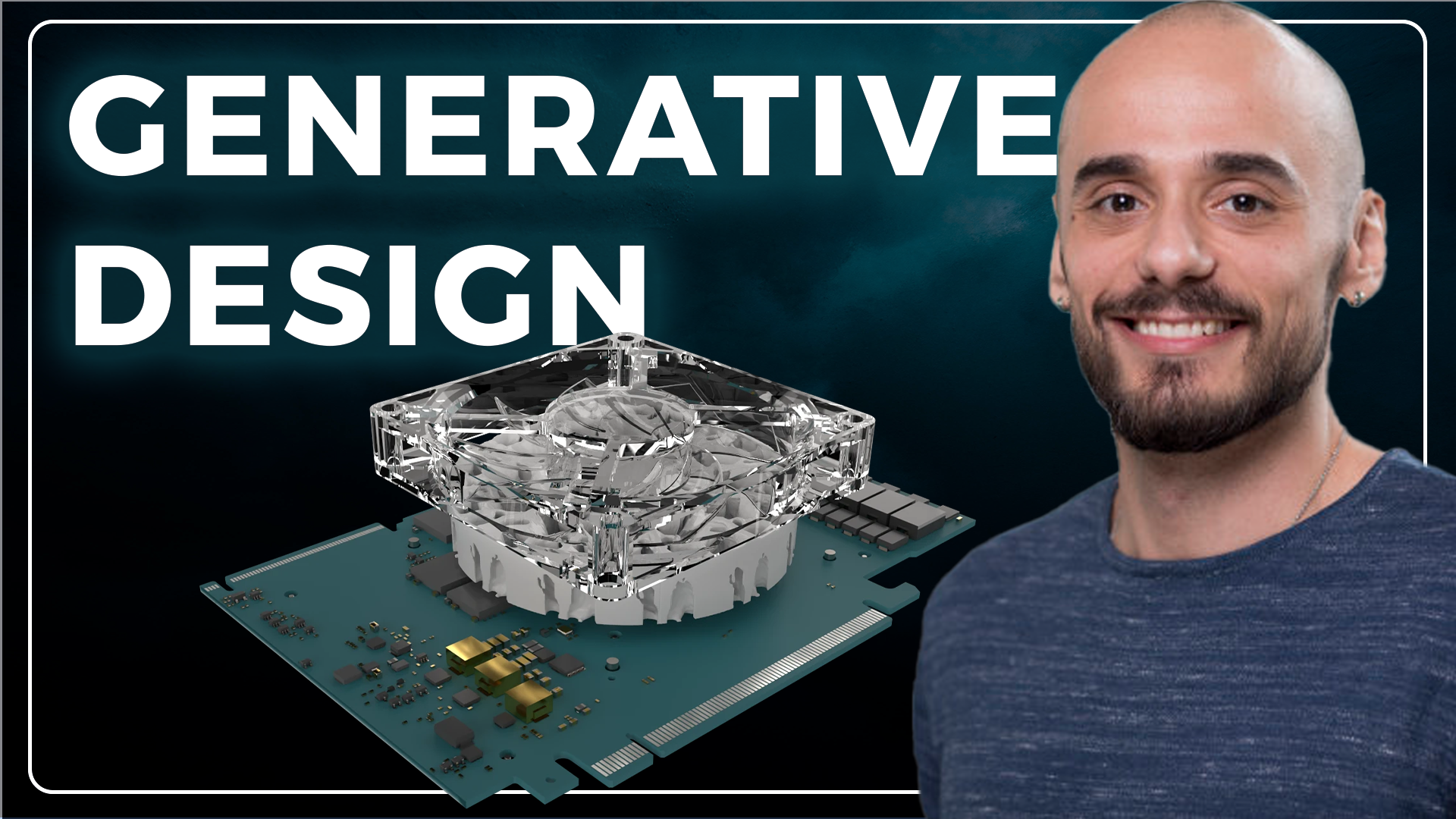ToffeeX is generative design software for engineering that leverages advanced mathematics and physics simulations. This approach streamlines R&D, ensures manufacturability, and addresses complex engineering challenges, enhancing product performance and efficiency.
How does a company use advanced mathematics and physics to change the game in engineering design? I had the pleasure of talking to Marco, CEO and co-founder of ToffeeX, about the cutting-edge field of fluid topology optimisation.
The Origins of Toffee X: From Theory to Application
It all started with Marco, who conducted research in the Department of Aerospace Engineering during his PhD at Imperial College in London and sowed the seeds for what would become ToffeeX. His work focused on optimising designs using pure and applied mathematics, eventually transitioning into the practical aspects of aerospace engineering. This blend of theoretical knowledge and practical application formed the bedrock of ToffeeX's technology.
During his PhD tenure from 2015 to 2018, Marco noticed a pivotal moment in the industry—the rise of metal 3D printing. This innovation, exemplified by Siemens’ successful 3D printing of a turbine blade, revealed a significant gap: the need for optimal designs that fully exploit 3D printing capabilities.
This realisation led Marco and his supervisor to spin off from Imperial College, founding ToffeeX with a mission to provide the best designs for advanced manufacturing techniques.
ToffeeX’s vision is to accelerate the R&D cycle massively, bringing innovative designs to market faster and more efficiently.
Bridging the Gap: From Academic Research to Industrial Application
What sets ToffeeX apart from the rest is its practical applicability. Many manufacturers in today’s market create designs that are often not manufacturable. The company focuses on creating real, usable designs, leveraging fluid topology optimisation to ensure optimal performance and manufacturability. By allowing users to select their preferred manufacturing technique and related parameters, ToffeeX ensures the designs are efficient and feasible.
Speed and Efficiency: Key Ingredients for Innovation
The idea is to create a tool that accelerates the design process without sacrificing the engineer’s central role. By integrating fluid topology optimisation, simulation, AI, and data, ToffeeX can transform the R&D landscape, enabling engineers to navigate various optimal designs swiftly.
This shift from suboptimal design iterations to system-level optimisation empowers engineers to tackle more complex problems, driving progress towards goals like net-zero emissions and energy transition.
Real-World Applications: A Glimpse into the Future
Whether designing a coolant system for batteries or optimising heat exchangers, ToffeeX starts with a 3D model and physics-based parameters. Using fluid topology optimisation, the software generates optimal designs within hours, balancing efficiency and manufacturability. This process enables engineers to focus on system-level optimisations, addressing more complex challenges and improving overall design performance.
Next Stop: Expanding Capabilities and Embracing AI
ToffeeX is working to expand its capabilities to fill current gaps in design workflows. This includes the addition of a wider range of physics simulations and integrating seamlessly with other tools in the design ecosystem. The integration of data-driven approaches will further enhance the accuracy and applicability of designs, addressing nuances like surface roughness in 3D-printed components.
This podcast gave me great insights and offered a glimpse into the potential of generative design for thermo-fluid applications. ToffeeX stands at the forefront of this era, bridging the gap between theoretical research and practical application. For those eager to learn more about engineering innovations, we invite you to tune into our podcast or visit toffeex.com!
Stay tuned, stay curious, and get ready to be inspired by the possibilities that lie ahead in the world of engineering.

